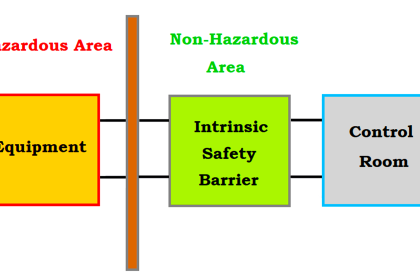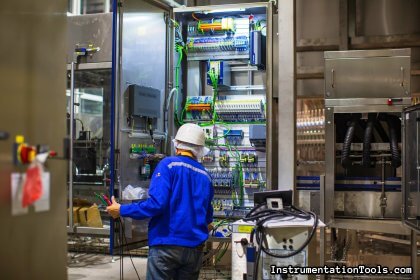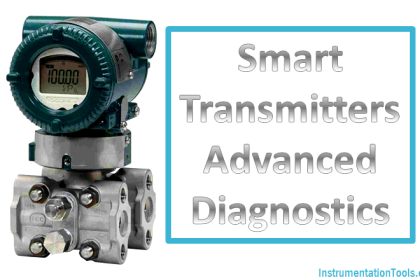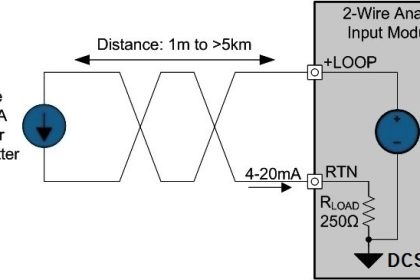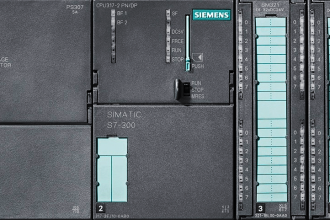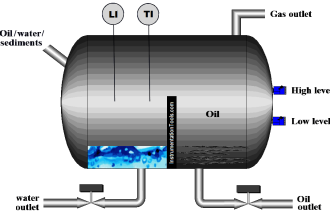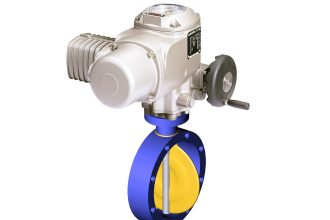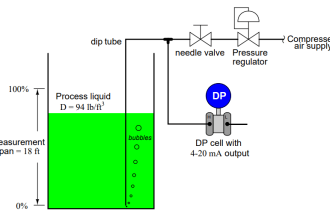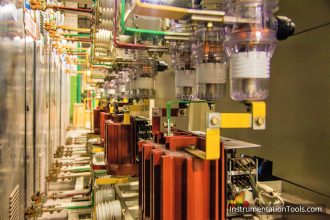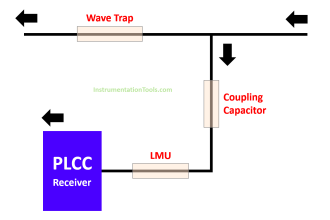Now, here’s a detailed process that forms the strategic backbone of manufacturing success – production planning. This involves forecasting demand, planning production runs, procuring materials, balancing capacity, and coordinating logistics. Doing all that manually? Yeah, no thanks! It’s time-consuming, inconsistent, and reactive. Leading to stuff like excess work-in-progress, written-off inventory, missed deliveries, and high costs. Not great!
Production Planning with Technology
But now manufacturers are embracing tech like production planning software to transform planning. These slick solutions provide centralized visibility, predictive analytics, simulation capabilities, and synchronization across the board. Enabling data-driven decisions, continuous optimization, and proactive planning. Sweet!
So in this guide, let’s explore how such tech can overhaul production planning to make it faster, smarter, and more adaptive. We’ll see key capabilities that boost efficiency and how to leverage them to gain a competitive edge. Sound good? Then let’s dive in!
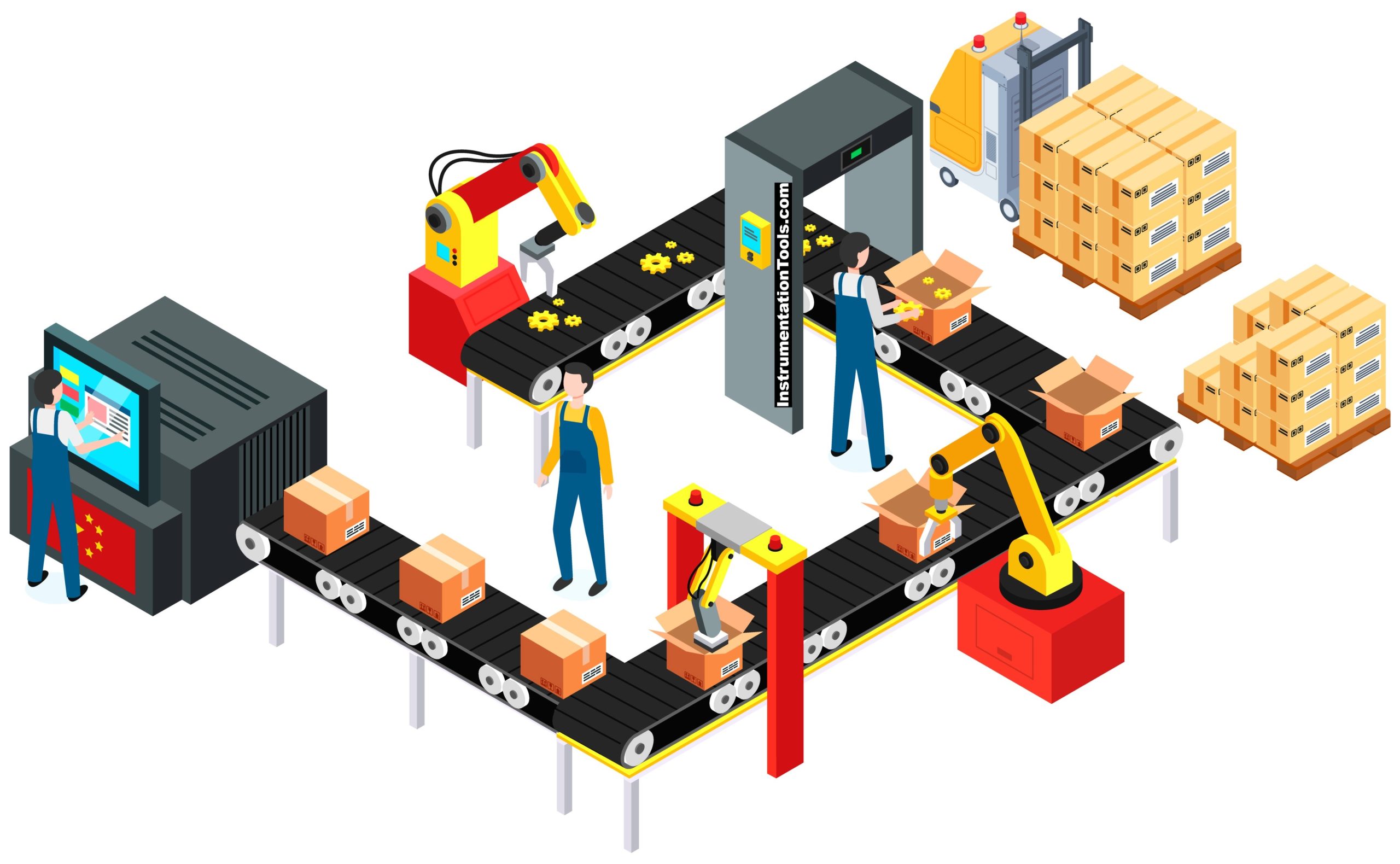
Implementing a centralized production planning software solution is a game-changer. These systems provide an integrated platform to manage the entire planning workflow. Once up and running, you gain complete visibility into the process.
This includes adjusting sales forecasts to scheduling production runs, managing inventory, and running scenarios. We can take precise decisions to optimize productivity and efficiency when we have real-time data and analytics at our fingertips. The automated tools also enforce consistency in planning across the organization. No more siloed spreadsheets and manual number-crunching.
Advantages of Production Planning Software
The software helps transform planning from a fragmented process to a strategic capability. Pretty slick, right?
Forecast Accurately
Demand forecasting is super important for planning capacities and resources. While traditionally done manually with basic methods like last year’s sales, technology enables sophisticated predictive analytics.
Production software can analyze historical sales, external factors like seasonality and trends, and other variables to generate highly accurate demand forecasts. Gives you the visibility needed for superior planning. Nice!
Optimize Inventory Levels
Excess inventory ties up cash, while inadequate stock means missed sales. Production planning tech helps strike the right balance. By connecting inventory data to demand forecasts and schedules, the software determines optimal stock levels.
Set buffers and thresholds and run simulations to identify the ideal inventory mix for efficient operations. Ensures enough materials without excess or shortages. Balanced!

Create Realistic Schedules
Transforming forecasts into production schedules is fundamental in planning. While planners build schedules manually, software optimizes the process. Considers capacities, batch sizes, changeover times, staffing, and other limitations.
Scientifically scheduling maximizes output and resource use. Easily evaluate and compare schedule alternatives. Rapidly update schedules when requirements change. Adaptive!
Balance Load
Production planning tech also enables better workload balancing. Based on capacities and demand, the software sequences jobs across lines, shifts, days to level loads. Distributes work uniformly and eliminates bottlenecks.
Smooth, balanced schedules maintain high productivity and efficiency. Avoids overburdening resources while reducing idle time. Assess different options through scenario analysis. Nice and steady!
Coordinate Activities
Juggling forecasting, inventory, scheduling, procurement – production planning sure has a lot of moving parts! Thankfully, technology pulls it all together. The software integrates everything, so any data updates automatically sync across modules.
For instance, the minute a forecast changes, stock levels, material needs, and schedules refresh. This coordination optimizes plans across the board. Pretty slick!
Collaborate Across Departments
Modern planning software also brings teams together to align planning. Folks from sales, marketing, production, procurement, finance – everyone participates. The cloud-based platform gives them a shared workspace to provide forecasts, capacities, budgets, etc.
The software’s analytics and automation help build organization-wide plans. This cross-functional collaboration results in integrated company-wide plans. Now that’s teamwork!
Gain Agility
Today’s markets move fast. Customer preferences, demand patterns, supply chains – everything’s changing all the time. Luckily, production planning tech keeps up with the pace.
The automated platform makes it easy to quickly recreate plans when things change. You can rapidly process new data, update forecasts, reschedule production, and replan procurement. This agility minimizes disruptions from constant change. Now that’s flexible!
Leverage Data Analytics
Modern planning systems bake in advanced analytics. Machine learning can process reams of data to spot demand patterns, find inefficiencies, predict logistics costs, and more.
The software can even recommend optimal plans. By leveraging predictive analytics, you can continuously improve planning. Now that’s smart!
Conclusion
Technology is revolutionizing production planning, moving it from manual routine to strategic function. Solutions like planning software integrate forecasting, inventory, scheduling, analytics, and collaboration on one digital platform.
This helps manufacturers optimize plans, maximize productivity, and gain a competitive edge. Leveraging the latest solutions future-proofs operations. With streamlined planning, the focus is on efficiently delivering better products to customers. The future looks bright!
